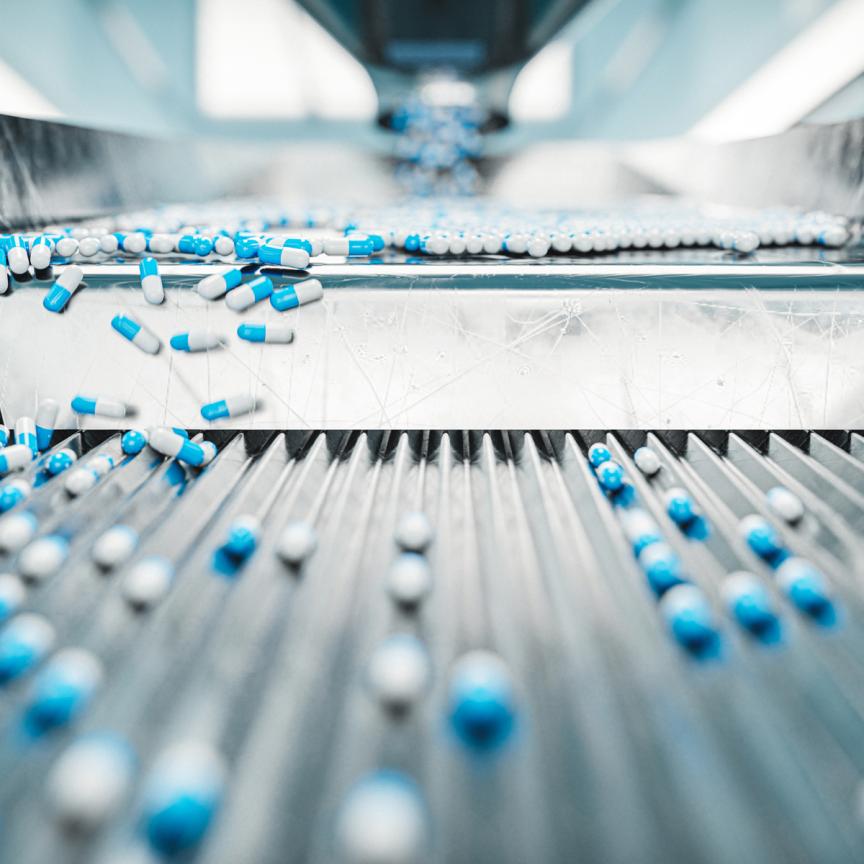Crest Solutions has carried out a study to identify how vision technology can reduce downtime during pharmaceutical production line changeovers.
The firm believes pharma manufacturing plants could save significantly by installing cameras on the lines to help with clearances when changing batches.
Phil Dearnaley at Crest Solutions said at the UKIVA machine vision conference in Milton Keynes on 6 June that manufacturing lines can be down 50 per cent of the day when the plant switches to a different batch of medicine.
Irish vision integrator Crest Solutions spent 18 months looking at how pharmaceutical production companies carry out line changes and where cameras can be placed to assist the process.
Dearnaley said that line changeovers are ‘time consuming, expensive, full of risk, and a lot more difficult than they need to be’.
He said that in one 10-line facility, which runs 12 hours a day, five days a week, each batch would take eight hours to produce, while a line change could take four hours.
He said that this particular facility lost around 870 production days per year on line changes, equating to £350,000 per year.
The aim would be to position cameras at line cleaning hotspots to make sure the line is completely clear of tablets before the new line is set up. At the moment the line is inspected manually during changeovers. The cameras would assist the engineer make their inspections rather than replacing checks.
Cameras could also be positioned in hard-to-reach places, where the machine would otherwise need to be dismantled to ensure the line is properly flushed out.
According to Dearnaley, line clearances at the moment take too long, they are not repeatable, and they are physically arduous involving taking apart production machines.
In an article for Imaging and Machine Vision Europe, Crest Solutions’ Conor O’Kelly noted that new regulations have led to a big ramp-up of serialisation in the pharmaceutical sector. Crest Solutions has even had requests to embed engineers at manufacturing sites to provide support for serialisation cameras and other machine vision cameras.
O’Kelly also said: ‘For the first time in around three or four years, we’re starting to see the machine vision budget be replenished for certain organisations, as serialisation isn’t dominating their in-process quality control spending in the way that it has been for the last few years. Engineering managers are now getting back to addressing the kind of topics that they previously knew were there, but that they just didn’t have the budget for in the past few years.
‘So, I’d definitely say that custom vision applications for in-process quality control are now coming back.’
Related article:
UK manufacturing not investing in automation, says BARA chairman - Greg Blackman reports from the UK Industrial Vision Association’s machine vision conference in Milton Keynes on 6 June


